Why you should be juicing kale for healthy blood sugar (plus a yummy kale filled juice recipe)
The first thing you need to know about kale is that it’s one of the cruciferous vegetables. This is the famous family of veggies that also contains broccoli, cauliflower, cabbage, Brussels sprouts, bok choy, mustard greens, turnip, and rutabaga.
Collectively, because they’re such powerhouses of nutrition, they’re often referred to as “super-veggies.” Basically, they have it all: abundant vitamins, minerals and fiber, together with a rich assortment of phytochemicals that help fight off disease.
Because kale is a leafy green cruciferous veggie, it’s automatically one of the most nutritious, healthful foods you could eat (or drink, when it’s juiced). It’s versatile, too: kale can be eaten fresh as part of a leafy green salad; it can be lightly sautéed and used as a bed for salmon or baked chicken; or it can be juiced together with other nutritious produce.
Kales nutritional profile and other health benefits
No matter how you consume it, though, kale provides a host of vitamins, minerals and other important nutrients. Its list of constituent nutrients is exceptionally long and includes vitamins A, B1 (thiamin), B2 (riboflavin), B3 (niacin), B6 (pyridoxine), B9 (folate), C, E and K. Calcium, copper, iron, magnesium, manganese, phosphorus and potassium are among the minerals present in substantial amounts in kale. And not to be outdone by its cruciferous cousins, kale also contains fiber, omega-3 fatty acids, glucosinolates (phytonutrients that facilitate and help regulate the body’s own detox mechanisms), and antioxidant/anti-inflammatory carotenoids and flavonoids like beta-carotene, kaempferol, lutein and quercetin.
A single cup of kale will give you 134% of the daily recommended amount of vitamin C. It also provides 204% of the recommended amount of vitamin A and a whopping 684% of your vitamin K. All with just 33 calories!
Among other things, all that natural goodness in kale supports proper blood clotting; healthy, strong skin, muscles, bones and teeth; good vision; and proper function of your nervous, cardiovascular and digestive systems. Some of kale’s nutrients may help reduce your risk of developing certain types of cancers, vascular disease like atherosclerosis, gastric or duodenal ulcer, or even cataracts or asthma.
But besides this long list of potential health benefits that kale can provide, you might also be able to use kale to help you balance and regulate your blood sugar.
How kale in your juice can help balance out blood sugar
A little background on blood glucose and insulin levels
We all need some sugar in our blood. It comes from the foods and beverages you eat and drink, and your body uses that sugar as a source of energy. Unfortunately, it’s possible for your blood sugar to be too high (hyperglycemia) or too low (hypoglycemia). Like Goldilocks, what you want is a blood sugar level that’s balanced and “just right.”
In large part, your blood sugar (blood glucose) levels are regulated by insulin - a storage hormone produced by your pancreas that helps regulate your body’s metabolism of fats and carbohydrates. Of course, the types of foods and beverages you eat and drink also play a role: sugary foods and other sweets, carbonated beverages (the non-diet kind), processed foods, refined, simple carbohydrates and alcohol all contribute to the amount of sugar in your blood.
Like it or not, your body’s secretion of most hormones (insulin included) is sensitive to a variety of factors. The amount of insulin that’s released by your pancreas into your bloodstream is impacted by how well you sleep, how often you exercise, your stress levels, the medications you take, and the foods and beverages you eat and drink.
After you eat, your blood sugar level will rise, and the higher it goes, the more insulin will be secreted in order to prevent it from rising too high. Unfortunately, that means your insulin and blood sugar levels can easily swing out of balance and stop being “just right.” When that happens, your blood sugar can skyrocket or plummet and you’ll often feel lethargic. If your blood sugar gets out of whack too often, you’ll probably become more likely to develop type 2 diabetes.
If your consumption of sugary items is excessive (or your diet has too many ingredients that convert into sugar inside your body), your body will often store the excess sugar in your fat tissues. Remember, insulin is a storage hormone. Among other problems, high insulin levels caused by high blood sugar often result in fat gain. Not getting enough sugar in your system can cause problems too – your body won’t be getting an important energy source. It might react by going into “starvation mode” (your metabolism slows down drastically and tries to “hoard” its energy sources, inhibiting the breakdown of fat). Either way, you could end up gaining weight and suffering from excessive blood sugar fluctuations.
That’s two of the reasons that sweets and sugary foods and beverages are such a big no-no for diabetics. Fortunately, you can control the amount of sugar you consume by modifying your diet. To a certain degree, you can also balance and control the amount of insulin your pancreas secretes just by eating the right foods and avoiding blood sugar spikes and troughs.
Eating the right foods and drinking the right beverages gives you two blood sugar-related benefits: (1) it will help to directly balance and control your blood sugar levels; and (2) it will help balance and control your blood insulin levels, which indirectly helps balance your blood sugar.
Where does kale come in?
Kale is a super green and contains chlorophyll. Chemically speaking, a molecule of chlorophyll closely resembles a molecule of hemoglobin. Hemoglobin is the substance in your red blood cells that carries the life-sustaining oxygen you breathe throughout your body. Because of its strong molecular similarity to hemoglobin, chlorophyll can help oxygenate your body and balance blood sugar. Chlorophyll helps to restore and cleanse your body.
Greens like kale will help to maintain a healthier pH in your body. If your body’s pH tips too far onto the acid side of the scale, you’ll probably become more susceptible to infections and certain types of illnesses. A green juice or smoothie made from dark leafy greens and alkaline fruits will help your body’s pH reach and remain in the healthy range, which can often be a problem in individuals with unbalanced blood sugar.
Besides all the other goodness it contains, a
cup of kale can give you up to 3 grams of fiber. In addition to helping
to ensure digestive tract health, fiber helps slow the rise of your blood sugar
after a meal. Kale, therefore, juicing kale can help balance blood sugar
levels. Plus, a single cup also contains almost 3 grams of protein, which
can also help stabilize your blood sugar.
Basically, kale is one of the most wholesome and beneficial foods you could consume. It’s one of the true “superfoods,” so try to juice it often. Aim to incorporate kale or another high-fiber veggie into every meal.
Try this yummy (kale filled) recipe from the Juice Club
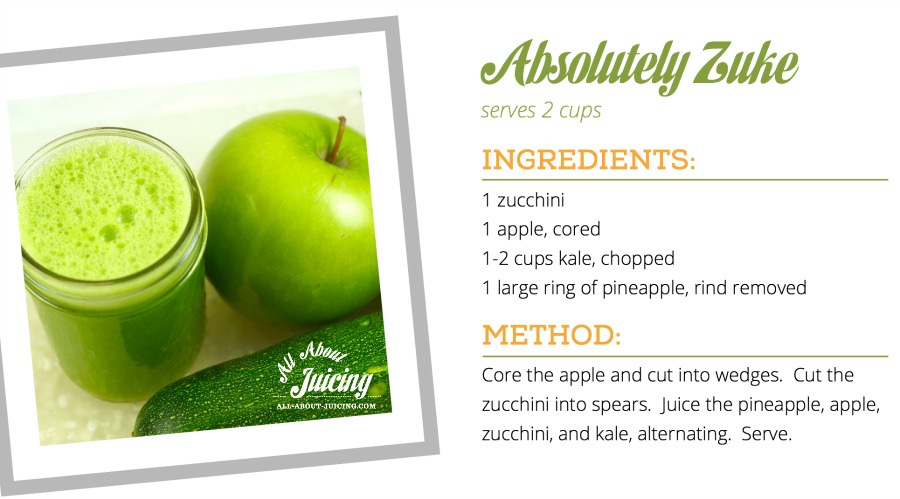
Like this recipe and don't have time to think up your own? We've got you covered in the Juice Club. Join hundreds of others who have taken control of their health by juicing daily here.
Juicing Guide > Juicing kale for healthy blood sugar
YOUR JUICER-IN-CHIEF
|
Hi Juice Lover! I'm Vanessa, the Juicing Mixologist. I'll be guiding you to radical wellness and hotness you can chug. Learn more |
ULTRA POPULAR POSTS
My favorite must-have wellness gadgets
Why the Vitamix is the best blender
Find top juicers that fit your style
How to make green drinks that taste good
The difference between juicing and blending
The need to know steps on how to start juicing
|
Took my BP today. It was lower than its ever been. It's that juicing! Love it! I also don't feel like I need my daily coffee pick me up! Feeling great. Nancy, Las Vegas |
|
This is the best site ever. Seth, Vancouver, Canada |
|
I've recently lost 10 pounds by using the weekend weight loss plan. Jan G, New Mexico |
|
I have no questions. Jeff, California |
|
ALL of the recipes have been winners. We honestly look forward to each days new concoction. Thanks! Sue, Denver |
|
I enjoy your emails; Alex, Chicago |
 The Juice Club
The Juice Club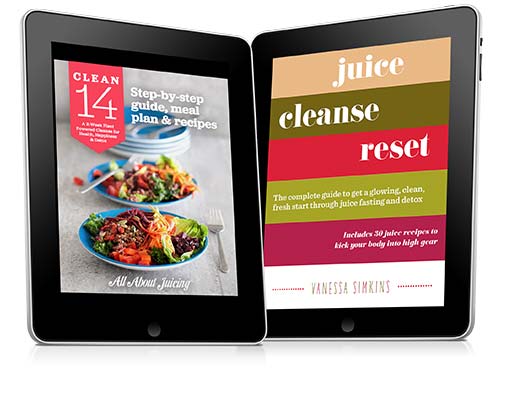 Live Group Supported Cleanses
Live Group Supported Cleanses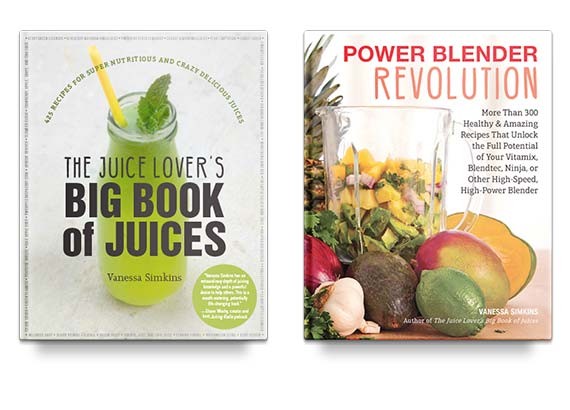 Vanessa's Paperback Books
Vanessa's Paperback Books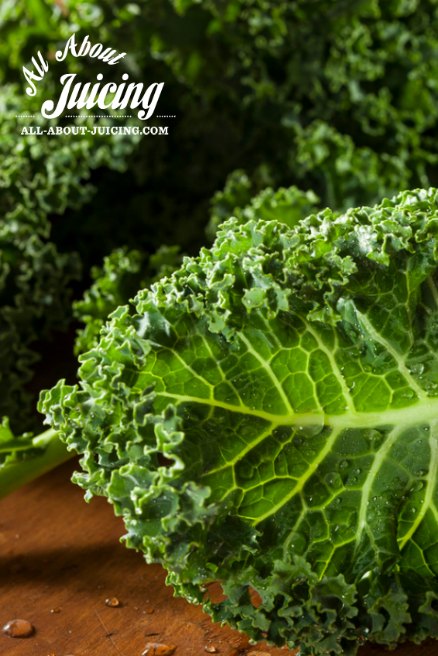






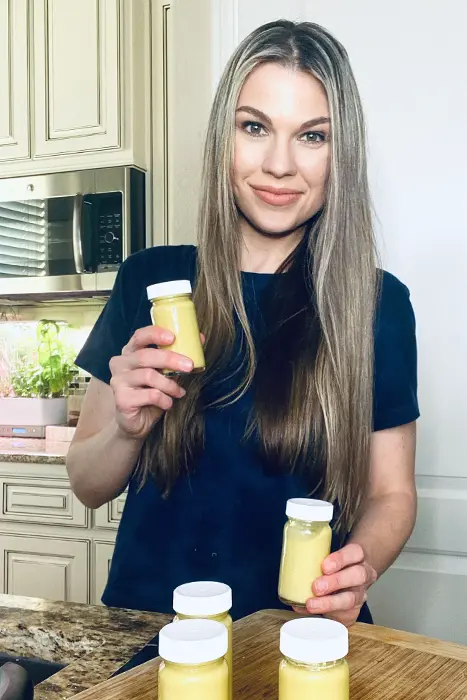


Lovin' this juicy info? Leave a comment in the box below